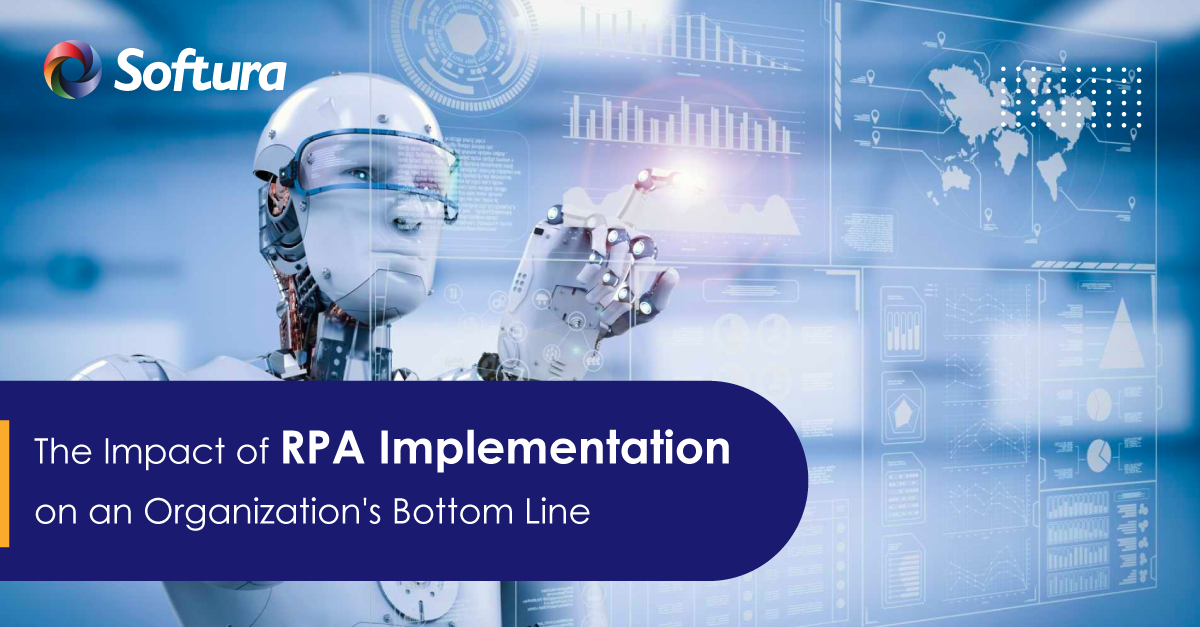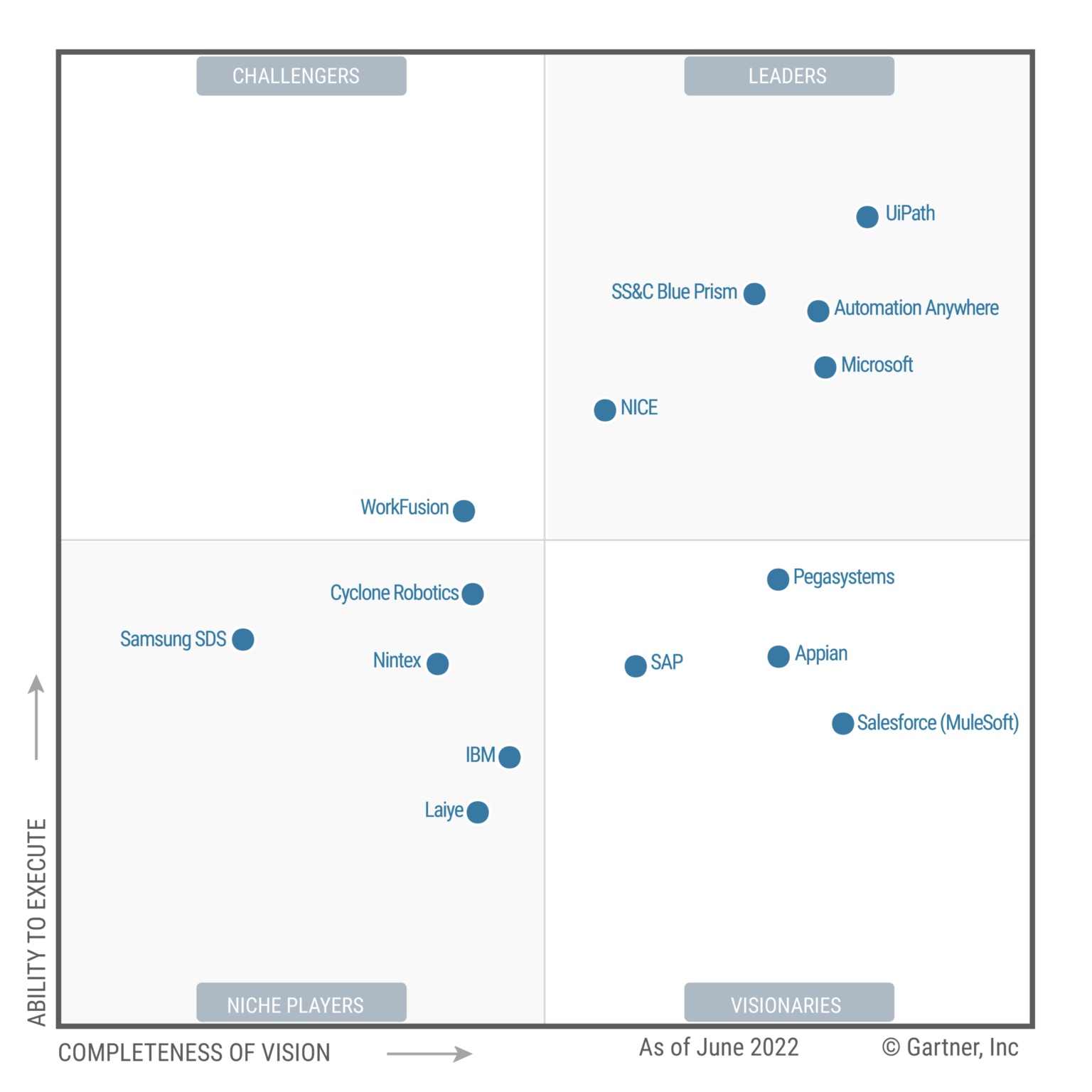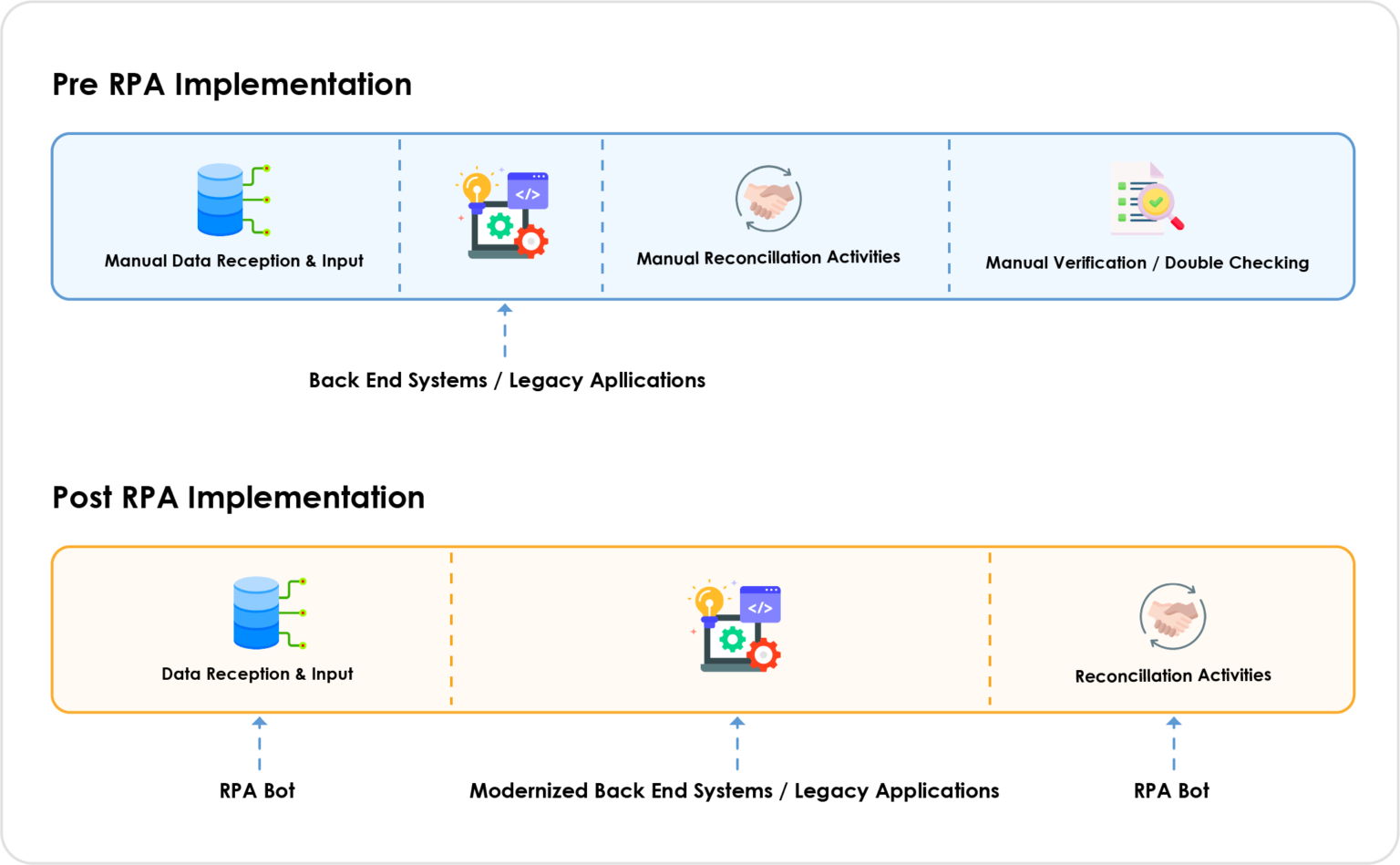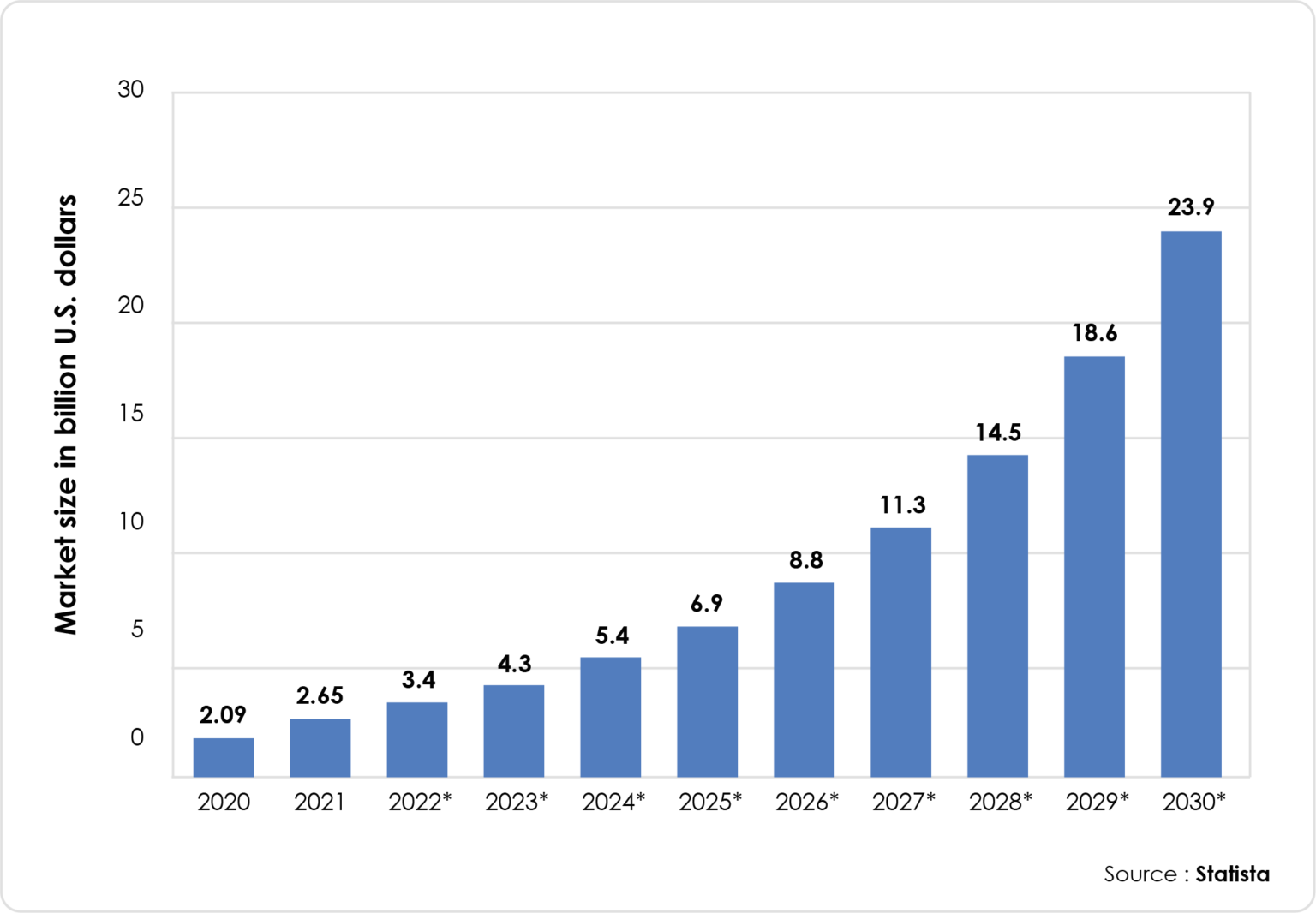The Impact of RPA Implementation on an Organization's Bottom Line
According to Technavio, the Robotic Process Automation (RPA) market share is expected to expand by USD 7.43 billion from 2019 to 2024, accelerating at a 45.1% CAGR. Businesses around the globe are investing in RPA solutions, which help them reimagine efficiency and assist their employees in shifting their focus on value-added work that directly adds to their organization's bottom line.
Understanding RPA with an Example
Robotic Process Automation (RPA) is a software technology that enables the development, deployment, and management of robots that mimic human interactions with digital systems and software. By combining Robotic Process Automation with technologies such as Natural Language Processing (NLP), Computer Vision, Speech Recognition, and Machine Learning (ML), businesses are moving beyond simply adopting robotic automation skills to leveraging cognitive capabilities. By using RPA software, organizations can accomplish tasks faster and cost-effectively, with fewer errors than humans. RPA's flexibility allows for working with multiple applications simultaneously, ensuring that it matches specific business processes and workflows.
Robotic Process Automation (RPA) is a valuable addition for businesses to perform the following:
- Opening emails and attachments
- Logging into web/enterprise applications
- Moving files and folders
- Copying and pasting
- Filling in forms
- Reading and writing to databases
- Scraping data from the web
- Connecting to system API
- Making calculations
- Collecting social media statistics
- Following 'if/then' decisions/rules
Robotic Process Automation - A New Normal in the Age of Disruption
Among the top performers in the Gartner Magic Quadrant for Robotic Process Automation, Microsoft, for the second consecutive year, has been named a leader. Microsoft has helped its customers reap the business-wide benefits of automation.
Why do Many Organizations Struggle to Realize Benefits from RPA?
According to KPMG, between 30% and 50% of RPA projects fail. The reasons are:
- Underestimating the complexity of the task
- Overestimating the cost reduction
- Lacking global governance and strategy
- Setting unrealistic expectations
Robotic Process Automation (RPA) – Myth Vs. Reality
RPA does not replace back-end systems or legacy applications. Instead of replacing the back-end systems, RPA modernizes the legacy systems by streamlining regular workflows effectively and quickly. Moreover, using RPA Bots, businesses can extract insights by providing quick responses. Also, RPA helps automate workflows involving legacy systems that lack virtual desktop infrastructures (VDIs), Application Performance Interfaces (APIs), or database access.
Implementation of RPA Doesn’t replace your back-end systems or legacy applications
The Future of RPA – What it Holds?
According to Statista, The Robotic Process Automation (RPA) market is expected to reach 23.9 billion U.S. dollars by 2030 from 2.65 billion U.S. dollars in 2021. This market is forecast to grow with a CAGR of 27.7% from 2021 to 2030.
RPA software is currently gaining a lot of attention as businesses learn how to use it and experience its advantages, such as time and cost savings. Here are some scenarios for how cognitive automation (AI-powered RPA) will transform companies:
Thinking About RPA Implementation?
According to Statista, the Robotic process automation (RPA) market revenue is anticipated to reach more than 10 Billion USD by 2023. Most business leaders worldwide are already considering RPA as a medium to reshape their customer experience. If you are looking for an RPA provider to modernize your IT infrastructure with RPA, consider Softura, your technology partner. Connect with our experts to modernize your IT infrastructure by leveraging Robotic Process Automation (RPA).



